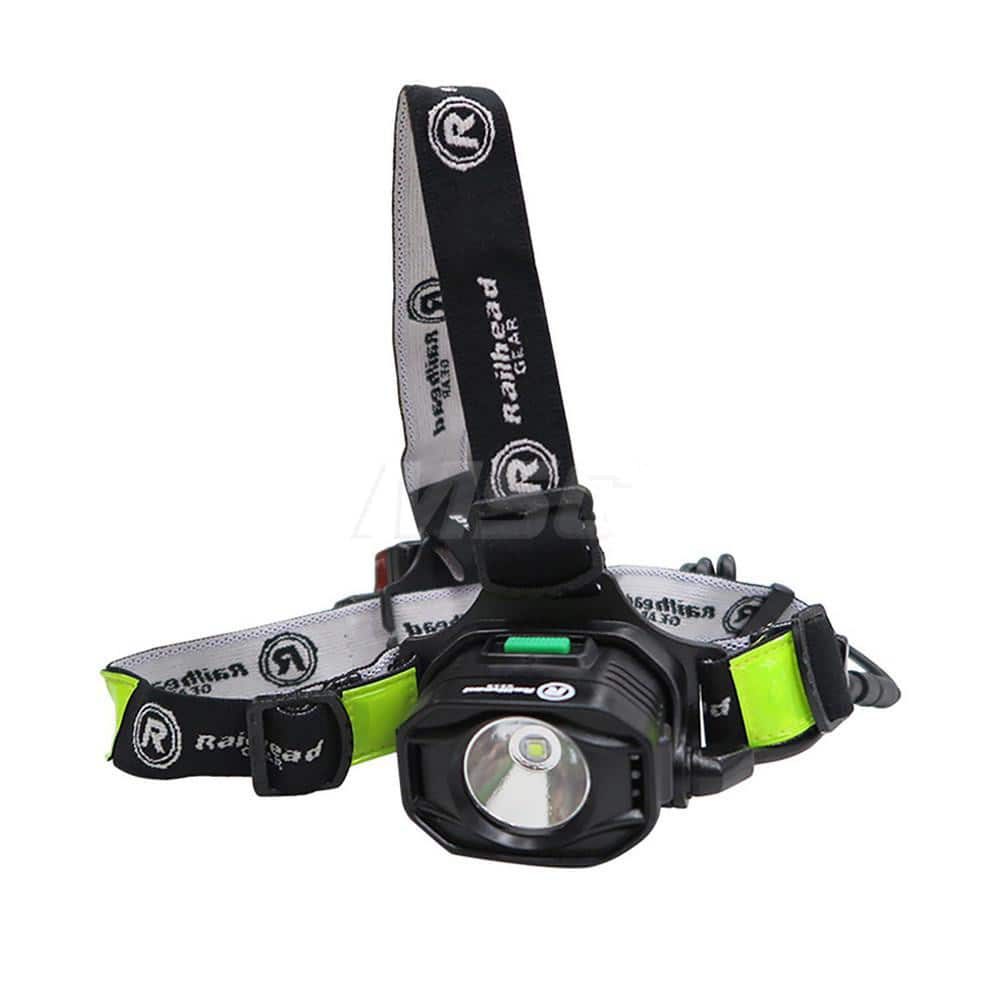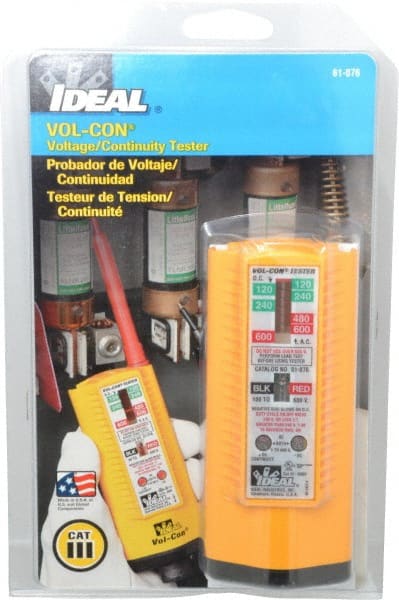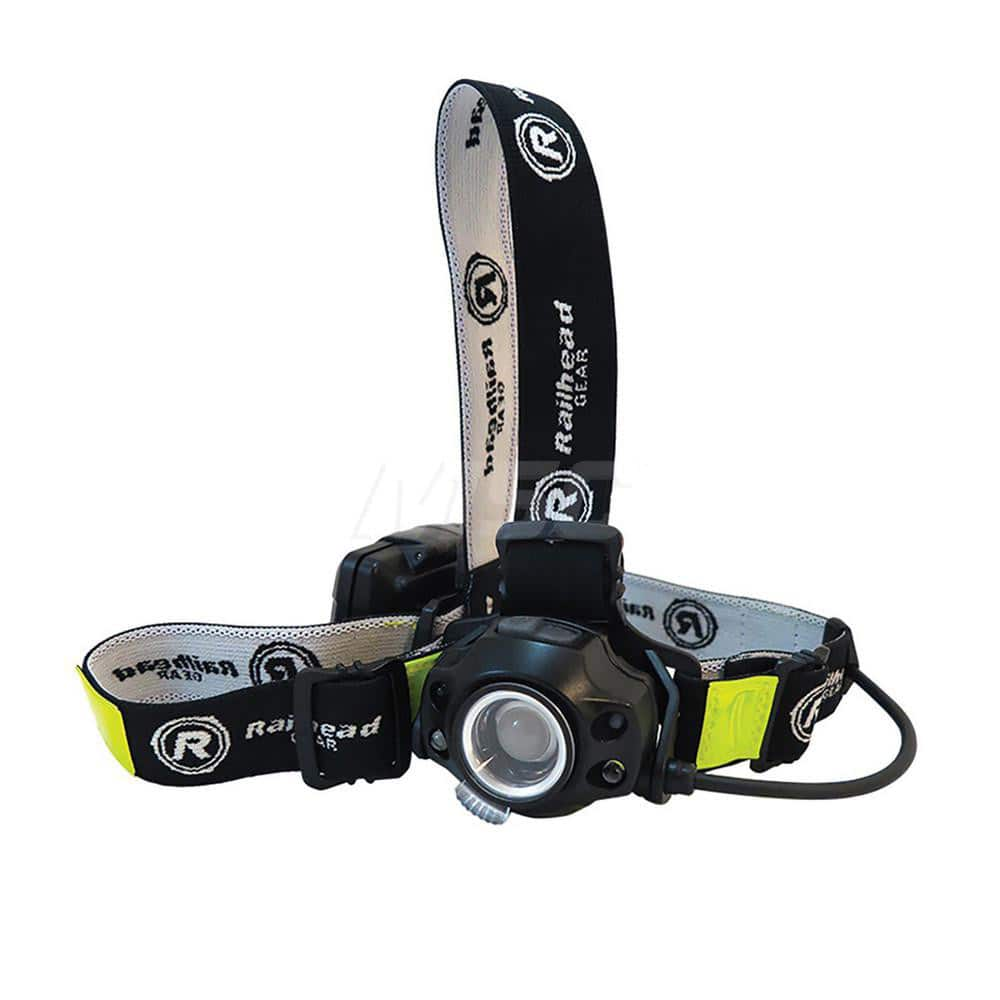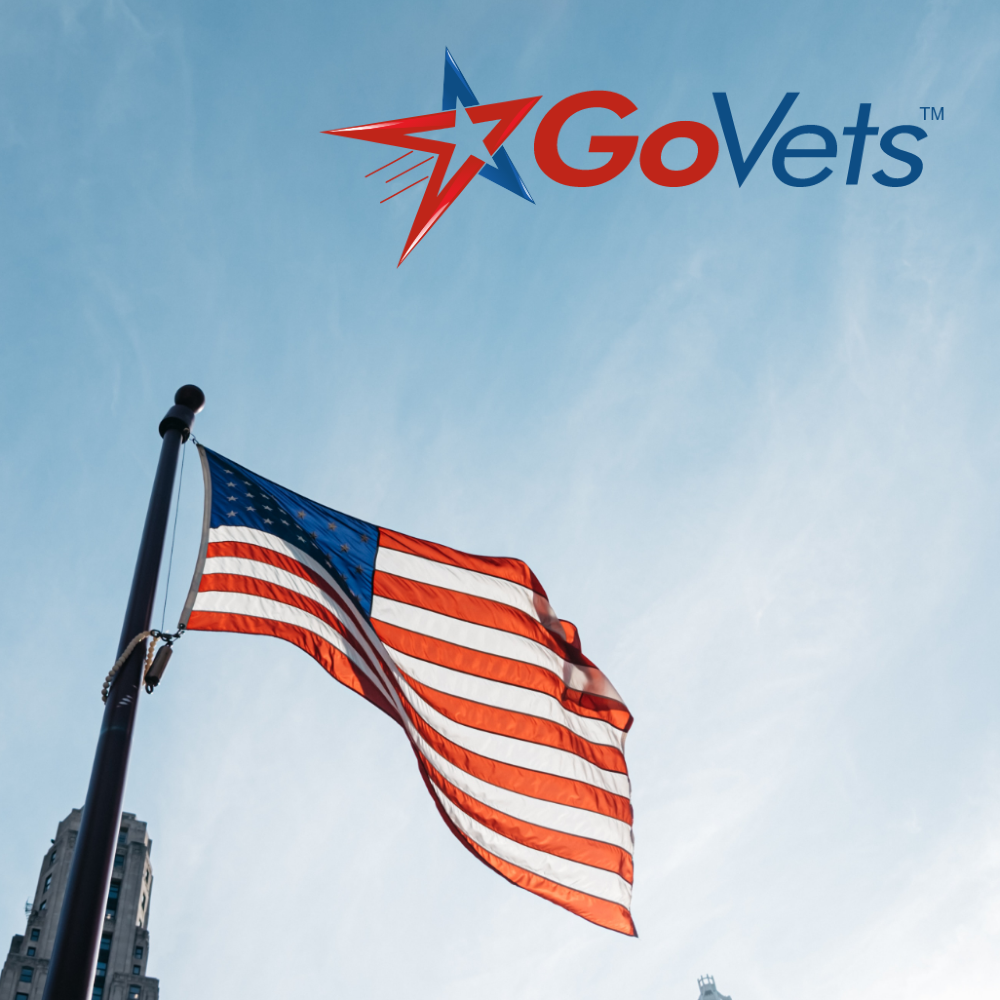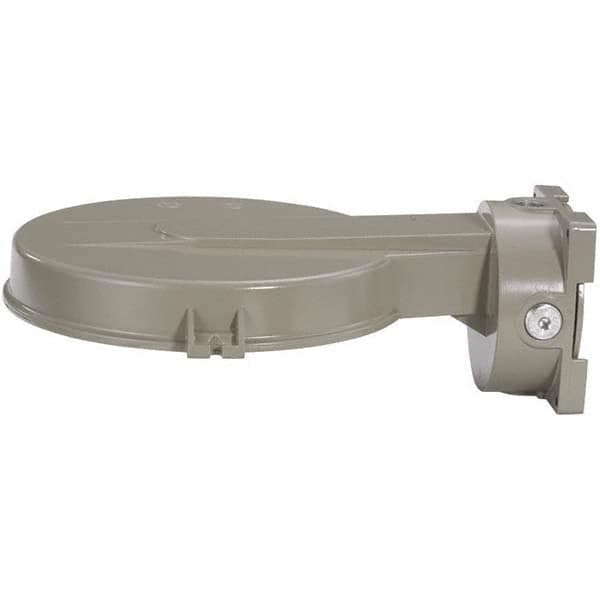Lighting the Path to Safety: A Deep Dive into Hazardous Location Solutions

Overview:
Safety in hazardous locations is a critical concern, given the potential risks posed by flammable substances and combustible materials. Inadequate lighting solutions in these environments can lead to accidents, property damage, and even loss of life. Recognizing the importance of safety, industries have developed specialized lighting fixtures and accessories designed to withstand the challenges of hazardous locations while ensuring reliable illumination. This blog explores key aspects of safety in hazardous locations and provides insights into hazardous location fixtures, LED lamps, and lights designed for high abuse environments.
Table of Contents:
- Background on Hazardous Lighting
- Illuminating Safety: A Comprehensive Guide to Hazardous Location Fixtures
- Shedding Light on Safety: A Deep Dive into Hazardous Location Lighting Fixtures
- Lighting the Way: Navigating Hazardous Locations with LED Lamps
- Illuminating Safety and Durability: Navigating Hazardous & High Abuse Location Lights
1. Background on Hazardous Lighting:
Hazardous lighting plays a crucial role in ensuring safety in environments where the presence of flammable gases, vapors, combustible dust, or fibers poses significant risks. These hazardous locations can be found across various industries, including oil and gas, chemical processing, manufacturing, mining, pharmaceuticals, and wastewater treatment facilities.
The primary objective of hazardous lighting is to provide safe and reliable illumination in settings where traditional lighting solutions may pose a threat of ignition or contribute to safety hazards. By utilizing specialized fixtures, LED lamps, and lighting accessories designed to withstand the challenges of hazardous environments, industries can mitigate risks and enhance workplace safety for personnel and assets.
Those served by hazardous lighting solutions include:
-
Workers: Hazardous lighting protects workers who operate in potentially dangerous environments, providing them with adequate illumination to perform their tasks safely and efficiently. By ensuring proper visibility, hazardous lighting helps reduce the risk of accidents and injuries caused by poor lighting conditions.
-
Facility Owners and Managers: Facility owners and managers are responsible for ensuring compliance with safety regulations and standards in hazardous environments. They rely on hazardous lighting solutions to meet regulatory requirements and maintain a safe working environment for their personnel.
-
Safety Professionals: Safety professionals play a critical role in identifying potential hazards and implementing appropriate measures to mitigate risks in hazardous locations. They collaborate with lighting specialists to select and install suitable lighting solutions that comply with safety standards and enhance workplace safety.
Typically, hazardous lighting installations are carried out by certified electricians or lighting professionals with expertise in hazardous location requirements. These professionals are trained to assess the specific hazards present in each environment and recommend lighting solutions that meet the necessary safety criteria.
Industries that frequently utilize hazardous lighting solutions include:
- Oil and Gas: Hazardous lighting is essential in oil refineries, drilling platforms, and petrochemical plants where flammable gases and vapors are present.
- Chemical Processing: Chemical manufacturing facilities and processing plants require specialized lighting to prevent the ignition of hazardous substances and ensure worker safety.
- Manufacturing: Hazardous lighting is used in manufacturing facilities where combustible dust or fibers are generated during production processes.
- Mining: Mining operations involve working in underground environments with the potential for explosive gases or dust, necessitating robust lighting solutions.
- Pharmaceuticals: Pharmaceutical manufacturing facilities must adhere to strict safety regulations to prevent contamination and ensure product integrity, requiring specialized hazardous lighting.
- Wastewater Treatment: Hazardous lighting is employed in wastewater treatment plants where flammable gases may accumulate, posing a risk of ignition.
Overall, hazardous lighting serves to protect personnel, assets, and the environment in hazardous environments by providing safe and effective illumination while minimizing the risk of ignition and accidents.
2. Illuminating Safety: A Comprehensive Guide to Hazardous Location Fixtures
Background on Safety in Hazardous Locations
Safety in hazardous locations is paramount, especially in environments where the presence of flammable gases, vapors, liquids, combustible dust, or fibers poses significant risks. Each year, numerous accidents occur due to inadequate lighting solutions in these settings, leading to property damage, injuries, and even fatalities. As industries have recognized the need for stringent regulations and standards to protect workers and assets, awareness of safety in hazardous locations has grown, prompting the development of specialized lighting fixtures and accessories.
Hazardous Location Fixtures
Hazardous location fixtures are specifically designed to operate safely in environments where flammable substances are present. These fixtures are constructed with durable materials and feature sealed enclosures to prevent the ignition of hazardous gases or dust.
Top 5 Safety Risks:
- Risk of Ignition: Traditional lighting fixtures may generate sparks or heat, potentially igniting flammable substances in the air.
- Exposure to Corrosive Elements: Hazardous environments often contain corrosive chemicals, which can degrade lighting fixtures over time, compromising their safety.
- Inadequate Illumination: Insufficient lighting can create shadows and reduce visibility, increasing the risk of accidents.
- Impact Damage: In high-traffic areas or industrial settings, fixtures may be susceptible to damage from impact, posing safety hazards.
- Electrical Hazards: Improper installation or faulty wiring can lead to electrical shocks or fires in hazardous locations.
Top 5 Safety Considerations:
- Certification: Ensure that fixtures are certified for use in hazardous locations according to relevant standards such as Class, Division, and Group classifications.
- Enclosure Ratings: Select fixtures with appropriate ingress protection (IP) and explosion-proof ratings to prevent the entry of dust, moisture, or gases.
- Material Durability: Choose fixtures constructed from corrosion-resistant materials such as stainless steel or aluminum to withstand harsh environmental conditions.
- Maintenance Requirements: Regular inspection and maintenance of fixtures are essential to ensure continued safety and performance.
- Compatibility: Verify that fixtures are compatible with the specific hazardous substances present in the environment to minimize risks of ignition or corrosion.
Top 10 FAQs and Answers:
- Q: What certifications should I look for in hazardous location fixtures? A: Look for certifications such as UL Class I, Division 2 or ATEX Zone 2 for assurance of safety in hazardous environments.
- Q: Can hazardous location fixtures be used in wet locations? A: Yes, select fixtures with appropriate IP ratings to ensure protection against water ingress.
- Q: Are LED fixtures suitable for hazardous locations? A: Yes, LED fixtures are often preferred for their energy efficiency and durability in hazardous environments.
- Q: How often should hazardous location fixtures be inspected? A: Inspections should be conducted regularly as per manufacturer recommendations and industry standards.
- Q: Can I retrofit existing fixtures for hazardous locations? A: Retrofit kits are available for some fixtures, but it's essential to ensure compatibility and compliance with safety standards.
- Q: What factors determine the appropriate fixture for a specific hazardous location? A: Considerations include the type and concentration of hazardous substances, ambient temperature, and exposure to physical damage.
- Q: Are there specific guidelines for mounting heights of hazardous location fixtures? A: Yes, mounting heights should comply with industry recommendations to ensure proper illumination and safety.
- Q: How do I prevent overheating of fixtures in hazardous environments? A: Proper ventilation and heat dissipation mechanisms should be incorporated into fixture design and installation.
- Q: Can hazardous location fixtures be dimmed for energy savings? A: Dimming options are available for some fixtures but ensure compatibility and compliance with safety standards.
- Q: Are there special disposal requirements for hazardous location fixtures? A: Dispose of fixtures according to local regulations and guidelines for handling hazardous materials.
Hazardous Location Fixtures - Product Recommendations:
3. Shedding Light on Safety: A Deep Dive into Hazardous Location Lighting Fixtures
Background on Safety in Hazardous Locations
Safety in hazardous locations is paramount, especially in environments where the presence of flammable gases, vapors, liquids, combustible dust, or fibers poses significant risks. Each year, numerous accidents occur due to inadequate lighting solutions in these settings, leading to property damage, injuries, and even fatalities. As industries have recognized the need for stringent regulations and standards to protect workers and assets, awareness of safety in hazardous locations has grown, prompting the development of specialized lighting fixtures and accessories.
Hazardous Location Lighting Fixtures
Hazardous location lighting fixtures are designed to provide safe and reliable illumination in environments where flammable substances are present. These fixtures feature rugged construction and sealed enclosures to prevent the ignition of hazardous gases or dust.
Top 5 Safety Risks:
- Risk of Ignition: Traditional lighting fixtures may generate sparks or heat, potentially igniting flammable substances in the air.
- Exposure to Corrosive Elements: Hazardous environments often contain corrosive chemicals, which can degrade lighting fixtures over time, compromising their safety.
- Inadequate Illumination: Insufficient lighting can create shadows and reduce visibility, increasing the risk of accidents.
- Impact Damage: In high-traffic areas or industrial settings, fixtures may be susceptible to damage from impact, posing safety hazards.
- Electrical Hazards: Improper installation or faulty wiring can lead to electrical shocks or fires in hazardous locations.
Top 5 Safety Considerations:
- Certification: Ensure that fixtures are certified for use in hazardous locations according to relevant standards such as Class, Division, and Group classifications.
- Enclosure Ratings: Select fixtures with appropriate ingress protection (IP) and explosion-proof ratings to prevent the entry of dust, moisture, or gases.
- Material Durability: Choose fixtures constructed from corrosion-resistant materials such as stainless steel or aluminum to withstand harsh environmental conditions.
- Maintenance Requirements: Regular inspection and maintenance of fixtures are essential to ensure continued safety and performance.
- Compatibility: Verify that fixtures are compatible with the specific hazardous substances present in the environment to minimize risks of ignition or corrosion.
Top 10 FAQs and Answers:
- Q: What certifications should I look for in hazardous location lighting fixtures? A: Look for certifications such as UL Class I, Division 2 or ATEX Zone 2 for assurance of safety in hazardous environments.
- Q: Can hazardous location lighting fixtures be used in wet locations? A: Yes, select fixtures with appropriate IP ratings to ensure protection against water ingress.
- Q: Are LED fixtures suitable for hazardous locations? A: Yes, LED fixtures are often preferred for their energy efficiency and durability in hazardous environments.
- Q: How often should hazardous location lighting fixtures be inspected? A: Inspections should be conducted regularly as per manufacturer recommendations and industry standards.
- Q: Can I retrofit existing fixtures for hazardous locations? A: Retrofit kits are available for some fixtures, but it's essential to ensure compatibility and compliance with safety standards.
- Q: What factors determine the appropriate fixture for a specific hazardous location? A: Considerations include the type and concentration of hazardous substances, ambient temperature, and exposure to physical damage.
- Q: Are there specific guidelines for mounting heights of hazardous location lighting fixtures? A: Yes, mounting heights should comply with industry recommendations to ensure proper illumination and safety.
- Q: How do I prevent overheating of fixtures in hazardous environments? A: Proper ventilation and heat dissipation mechanisms should be incorporated into fixture design and installation.
- Q: Can hazardous location lighting fixtures be dimmed for energy savings? A: Dimming options are available for some fixtures but ensure compatibility and compliance with safety standards.
- Q: Are there special disposal requirements for hazardous location lighting fixtures? A: Dispose of fixtures according to local regulations and guidelines for handling hazardous materials.
Hazardous Location Lighting Fixtures - Product Recommendations:
4. Lighting the Way: Navigating Hazardous Locations with LED Lamps
Background on Safety in Hazardous Locations
Safety in hazardous locations is paramount, especially in environments where the presence of flammable gases, vapors, liquids, combustible dust, or fibers poses significant risks. Each year, numerous accidents occur due to inadequate lighting solutions in these settings, leading to property damage, injuries, and even fatalities. As industries have recognized the need for stringent regulations and standards to protect workers and assets, awareness of safety in hazardous locations has grown, prompting the development of specialized lighting fixtures and accessories.
Hazardous Location LED Lamps
Hazardous location LED lamps offer energy-efficient and durable lighting solutions for environments where flammable substances are present. These lamps are designed to minimize heat generation and eliminate the risk of sparks or ignition, enhancing safety in hazardous locations.
Top 5 Safety Risks:
- Risk of Ignition: Traditional lighting sources such as incandescent or fluorescent lamps may generate heat or sparks, posing a risk of ignition in hazardous environments.
- Exposure to Corrosive Elements: Corrosive chemicals present in hazardous locations can degrade lamp components over time, compromising their safety and performance.
- Inadequate Illumination: Insufficient lighting can create shadows and reduce visibility, increasing the risk of accidents in hazardous environments.
- Compatibility Issues: Not all LED lamps are suitable for use in hazardous locations, requiring careful selection to ensure compliance with safety standards.
- Electrical Hazards: Improper installation or faulty wiring can lead to electrical shocks or fires in hazardous locations, highlighting the importance of proper installation and maintenance.
Top 5 Safety Considerations:
- Certification: Choose LED lamps certified for hazardous locations, ensuring compliance with relevant standards and regulations.
- Enclosure Ratings: Select lamps with appropriate IP and explosion-proof ratings to prevent the ingress of dust, moisture, or gases.
- Heat Dissipation: Opt for LED lamps designed with efficient heat dissipation mechanisms to minimize the risk of overheating in hazardous environments.
- Durability: Look for lamps constructed from rugged materials capable of withstanding corrosive elements and physical damage in hazardous locations.
- Energy Efficiency: LED lamps offer energy savings compared to traditional lighting sources, reducing operational costs and environmental impact in hazardous locations.
Top 10 FAQs and Answers:
- Q: Are LED lamps suitable for use in all types of hazardous locations? A: LED lamps designed specifically for hazardous locations are suitable for a wide range of environments, but compatibility should be verified.
- Q: How do LED lamps contribute to safety in hazardous locations? A: LED lamps minimize heat generation and eliminate the risk of sparks, reducing the likelihood of ignition in flammable environments.
- Q: What certifications should I look for when purchasing LED lamps for hazardous locations? A: Look for certifications such as UL Class I, Division 2 or ATEX Zone 2 to ensure compliance with safety standards for hazardous locations.
- Q: Can LED lamps be used in wet or corrosive environments? A: Yes, select LED lamps with appropriate IP and corrosion resistance ratings for use in wet or corrosive hazardous locations.
- Q: Are there specific installation requirements for LED lamps in hazardous locations? A: Installation should be performed by qualified professionals following manufacturer guidelines and relevant safety regulations.
- Q: Do LED lamps require special maintenance in hazardous locations? A: Regular inspection and maintenance are recommended to ensure continued performance and safety of LED lamps in hazardous environments.
- Q: Can LED lamps be dimmed for energy savings in hazardous locations? A: Dimming options are available for some LED lamps, but compatibility and compliance with safety standards should be verified.
- Q: How do LED lamps compare to traditional lighting sources in terms of lifespan? A: LED lamps typically have a longer lifespan compared to incandescent or fluorescent lamps, reducing the frequency of replacements in hazardous locations.
- Q: Can LED lamps be retrofitted into existing fixtures in hazardous locations? A: Retrofit kits are available for some fixtures, but compatibility and compliance with safety standards should be ensured.
- Q: Are there any disposal requirements for LED lamps used in hazardous locations? A: Dispose of LED lamps according to local regulations and guidelines for handling hazardous materials.
Hazardous Location LED Lamps - Product Recommendations:
5. Illuminating Safety and Durability: Navigating Hazardous & High Abuse Location Lights
Background on Safety in Hazardous Locations
Safety in hazardous locations is paramount, especially in environments where the presence of flammable gases, vapors, liquids, combustible dust, or fibers poses significant risks. Each year, numerous accidents occur due to inadequate lighting solutions in these settings, leading to property damage, injuries, and even fatalities. As industries have recognized the need for stringent regulations and standards to protect workers and assets, awareness of safety in hazardous locations has grown, prompting the development of specialized lighting fixtures and accessories.
Hazardous & High Abuse Location Lights
Hazardous and high-abuse location lights are designed to withstand harsh environmental conditions and physical abuse while providing safe and reliable illumination in hazardous environments. These lights feature rugged construction and sealed enclosures to ensure durability and prevent the ignition of flammable substances.
Top 5 Safety Risks:
- Risk of Ignition: Traditional lighting fixtures may generate sparks or heat, potentially igniting flammable substances in the air.
- Exposure to Corrosive Elements: Corrosive chemicals present in hazardous environments can degrade light components over time, compromising safety.
- Impact Damage: In high-abuse locations such as industrial settings or public areas, lights may be susceptible to damage from impact, posing safety hazards.
- Inadequate Illumination: Insufficient lighting can create shadows and reduce visibility, increasing the risk of accidents in hazardous environments.
- Electrical Hazards: Improper installation or faulty wiring can lead to electrical shocks or fires in hazardous locations, highlighting the importance of proper installation and maintenance.
Top 5 Safety Considerations:
- Certification: Ensure that lights are certified for use in hazardous locations according to relevant standards such as Class, Division, and Group classifications.
- Enclosure Ratings: Select lights with appropriate IP and explosion-proof ratings to prevent the entry of dust, moisture, or gases.
- Material Durability: Choose lights constructed from robust materials such as polycarbonate or fiberglass to withstand physical abuse and environmental conditions.
- Maintenance Requirements: Regular inspection and maintenance of lights are essential to ensure continued safety and performance in hazardous environments.
- Compatibility: Verify that lights are compatible with the specific hazardous substances present in the environment to minimize risks of ignition or corrosion.
Top 10 FAQs and Answers:
- Q: What certifications should I look for in hazardous and high abuse location lights? A: Look for certifications such as UL Class I, Division 2 or ATEX Zone 2 for assurance of safety in hazardous environments.
- Q: Can these lights be used in wet or corrosive environments? A: Yes, select lights with appropriate IP and corrosion resistance ratings for use in wet or corrosive hazardous locations.
- Q: Are there specific guidelines for mounting heights of hazardous and high abuse location lights? A: Yes, mounting heights should comply with industry recommendations to ensure proper illumination and safety.
- Q: How do I prevent overheating of lights in hazardous environments? A: Proper ventilation and heat dissipation mechanisms should be incorporated into light design and installation.
- Q: Can these lights be dimmed for energy savings in hazardous locations? A: Dimming options are available for some lights, but compatibility and compliance with safety standards should be verified.
- Q: Are there special disposal requirements for hazardous and high abuse location lights? A: Dispose of lights according to local regulations and guidelines for handling hazardous materials.
- Q: Can these lights be retrofitted into existing fixtures in hazardous locations? A: Retrofit kits are available for some fixtures, but compatibility and compliance with safety standards should be ensured.
- Q: How do these lights compare to traditional lighting sources in terms of lifespan? A: Hazardous and high abuse location lights typically have a longer lifespan compared to traditional lighting sources, reducing the frequency of replacements in hazardous environments.
- Q: Do these lights require special maintenance in hazardous locations? A: Regular inspection and maintenance are recommended to ensure continued performance and safety of lights in hazardous environments.
- Q: Are these lights suitable for use in outdoor hazardous environments? A: Yes, select lights with appropriate weatherproof ratings for use in outdoor hazardous locations.
Hazardous & High Abuse Location Lights - Product Recommendations:
Final Thoughts:
Ensuring safety in hazardous locations requires careful consideration of lighting solutions that meet stringent standards and regulations. Hazardous location fixtures, LED lamps, and lights designed for high abuse environments play a crucial role in providing reliable illumination while mitigating risks associated with flammable substances and combustible materials. By understanding the unique challenges of hazardous locations and investing in appropriate lighting solutions, industries can enhance workplace safety and protect workers and assets from potential hazards.














